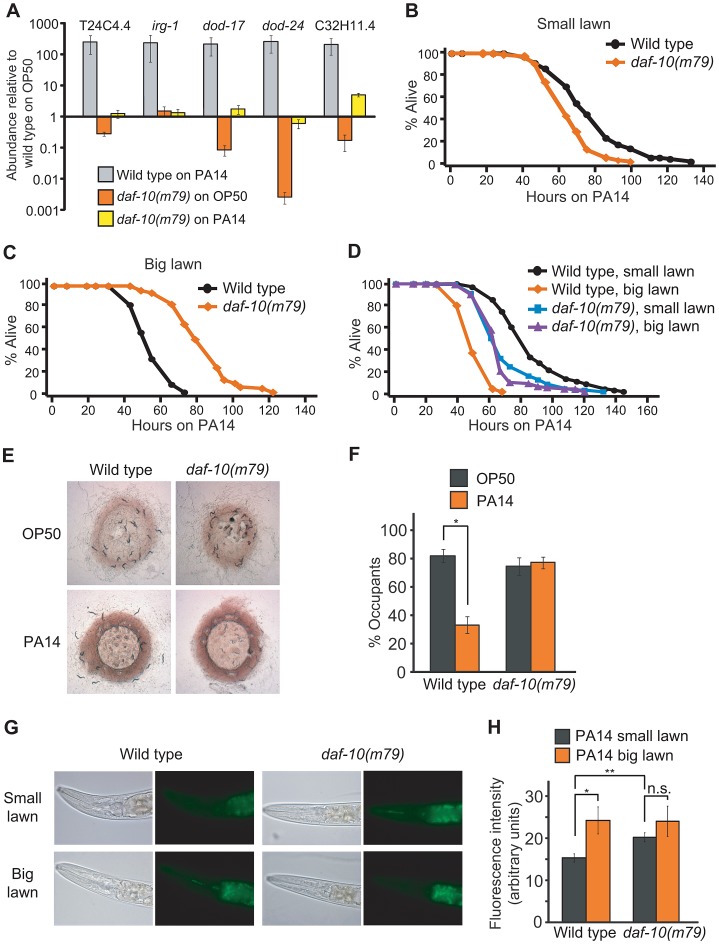Figure 3. daf-10 mutations alter the worm's response to pathogens.
A. qRT-PCR analysis was performed to determine how five pathogen (PA14)-responsive genes were regulated in daf-10(m79) mutants in the presence of E. coli OP50, the normal laboratory food, or of pathogenic P. aeruginosa PA14 (big lawn). B–D. daf-10(m79) animals showed opposite phenotypes when fed P. aeruginosa in a small lawn assay (B) or in a big lawn assay (C). When the two assays were done in parallel (D), the survival of daf-10(m79) animals was similar in both conditions. In contrast, the survival of wild-type animals was dramatically reduced when a big lawn was used. A summary of the data presented in these panels and additional repeats is included in Table S2. E–F. Whereas wild-type animals avoided PA14, daf-10(m79) animals occupied lawns of E. coli OP50 and P. aeruginosa PA14 bacteria to a similar degree. Approximately 100 wild-type and daf-10(m79) worms were placed on lawns of PA14 and OP50 and imaged after 16 hrs (E). The % of worms that occupied (% occupants) the bacterial lawn was also determined (F). G–H. Representative pictures of the fluorescence signal from GFP-labeled PA14 bacteria in the intestine of worms (G) and quantitation of fluorescence signal (n≥26 worms per strain/condition) (H), showing the amount of PA14 ingested in small vs. big lawn assays by wild-type and daf-10(m79) worms. Error bars represent s.e.m. (n.s. p>0.05, * p<0.05, ** p<0.01, Student's t-test).

